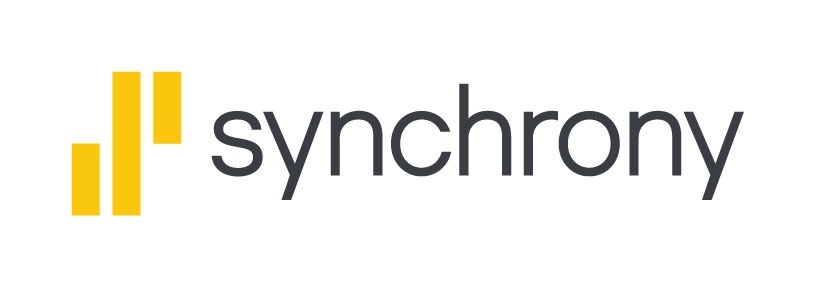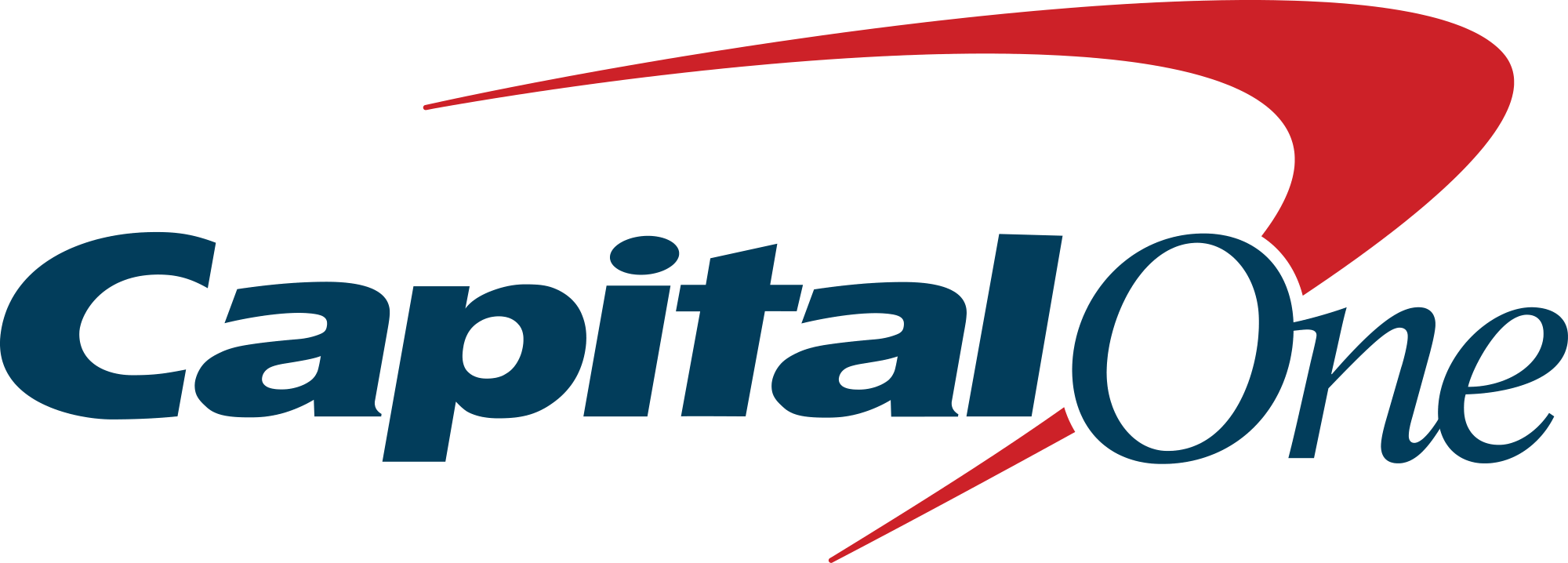This Is What Happens When You Leave a Lot of Money in Your Savings Account
KEY POINTS
- High-yield savings accounts can grow your money quickly.
- Don't settle for the average savings account yield.
- Find a savings account with no fees and a low minimum deposit requirement.
Savings accounts are paying some of the highest interest rates in years, with some banks paying more than 5%. After sitting on the sidelines for far too long, I'm in the process of opening a high-yield savings account to take advantage of generous annual percentage yields (APYs). I'll put about $5,000 into the new account, which should earn me about $255 over the next year.
If you have a large sum and don't know where to put it, a high-yield savings account is the way to go. Here's what happens to your cash when you leave it in one.
The magic of high yields for your cash
Opening new bank accounts can seem like a hassle. I get it -- I try to think about my bank as little as possible, too. But you're missing out if you have a sizable sum of money sitting in a savings account that's not paying a high interest rate.
Your savings account could generate hundreds or even thousands of dollars a year in earnings. Here are a few examples:
Our Picks for the Best High-Yield Savings Accounts of 2024
|
SoFi Checking and Savings

APY
up to 4.60%
Rate info
You can earn the maximum APY by having Direct Deposit (no minimum amount required) or by making $5,000 or more in Qualifying Deposits every 30 days. See SoFi Checking and Savings rate sheet at: https://www.sofi.com/legal/banking-rate-sheet.
Min. to earn
$0
|
APY
up to 4.60%
Rate info
You can earn the maximum APY by having Direct Deposit (no minimum amount required) or by making $5,000 or more in Qualifying Deposits every 30 days. See SoFi Checking and Savings rate sheet at: https://www.sofi.com/legal/banking-rate-sheet.
|
Min. to earn
$0
|
|
Synchrony Bank High Yield Savings

APY
4.75%
Rate info
Our Disclosure: Annual Percentage Yields (APY) is subject to change at any time without notice. Offer applies to personal accounts only. Fees may reduce earnings. For High Yield Savings accounts, the rate may change after the account is opened. Visit synchronybank.com for current rates, terms and account requirements. Member FDIC
Min. to earn
$0
|
APY
4.75%
Rate info
Our Disclosure: Annual Percentage Yields (APY) is subject to change at any time without notice. Offer applies to personal accounts only. Fees may reduce earnings. For High Yield Savings accounts, the rate may change after the account is opened. Visit synchronybank.com for current rates, terms and account requirements. Member FDIC
|
Min. to earn
$0
|
|
Capital One 360 Performance Savings

APY
4.25%
Rate info
See Capital One website for most up-to-date rates. Advertised Annual Percentage Yield (APY) is variable and accurate as of April 11, 2024. Rates are subject to change at any time before or after account opening.
Min. to earn
$0
|
APY
4.25%
Rate info
See Capital One website for most up-to-date rates. Advertised Annual Percentage Yield (APY) is variable and accurate as of April 11, 2024. Rates are subject to change at any time before or after account opening.
|
Min. to earn
$0
|
- $10,000 in a 5% savings account becomes $10,511 in 12 months
- $20,000 in a 5% savings account becomes $21,023 in 12 months
- $50,000 in a 5% savings account becomes $52,558 in 12 months
As you can see, putting your money into a high-yield account pays. But what if you let it sit in a traditional account that pays a much smaller rate? You might want to close your eyes; you won't like what you see.
How much money you're leaving on the table with a traditional account
Let's assume you don't move your money into a savings account paying high yields of 5%. Instead, you leave your money in a regular savings account that pays the national average of just 0.46%.
Here's much you'll earn compared to a high-yield account:
- $46 vs. $511 in interest for a $10,000 deposit
- $92 vs. $1,023 in interest for a $20,000 deposit
- $230 vs. $2,558 in interest for a $50,000 deposit
There's no shame here; I've waited way too long to switch over some of my funds to a high-yield account. As a result, my $5,000 would have earned me about $524 over the past two years. That realization stings, but the best way to learn from our financial mistakes is to face them and learn from them.
What to know before opening a high-yield savings account
OK, now you know how much better a high-yield savings account can be for larger (and even smaller) sums. But is there a catch to the upside? Not really. But there are a few things you should know before opening an account.
1. The APY isn't guaranteed
Unlike with certificates of deposit (CDs), a high-yield savings account's APY isn't fixed. This means your savings account interest rate could go down anytime. So if the Federal Reserve cuts interest rates at the end of this year or early next year, it would likely cause savings account yields to fall.
2. Check for fees or minimum deposits
Most savings accounts don't have fees, but some do. Check before you open an account to see if the bank charges maintenance fees. Additionally, some banks may require a minimum deposit amount or regular direct deposits to earn a specific interest rate. For example, a bank may want a $100 initial deposit and $5,000 in the account to earn the maximum APY.
3. Comparison shop before you choose
Don't choose the first savings account you see. Instead, compare APYs, deposit minimums, maintenance fees, and other details like transfer limits and ATM access. Many excellent account options are available, so you'll likely find one that fits your needs.
I waited too long to open a high-yield savings account, but you don't have to make the same mistake. Put your cash into one of these accounts now, and you'll likely be happy with the results a year from now.
These savings accounts are FDIC insured and could earn you 11x your bank
Many people are missing out on guaranteed returns as their money languishes in a big bank savings account earning next to no interest. Our picks of the best online savings accounts could earn you 11x the national average savings account rate. Click here to uncover the best-in-class accounts that landed a spot on our short list of the best savings accounts for 2024.
Our Research Expert
We're firm believers in the Golden Rule, which is why editorial opinions are ours alone and have not been previously reviewed, approved, or endorsed by included advertisers. The Ascent, a Motley Fool service, does not cover all offers on the market. The Ascent has a dedicated team of editors and analysts focused on personal finance, and they follow the same set of publishing standards and editorial integrity while maintaining professional separation from the analysts and editors on other Motley Fool brands.
Related Articles
View All Articles